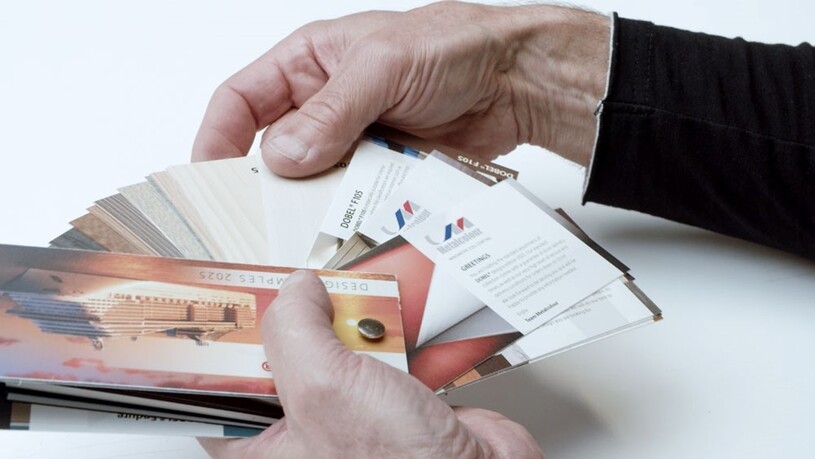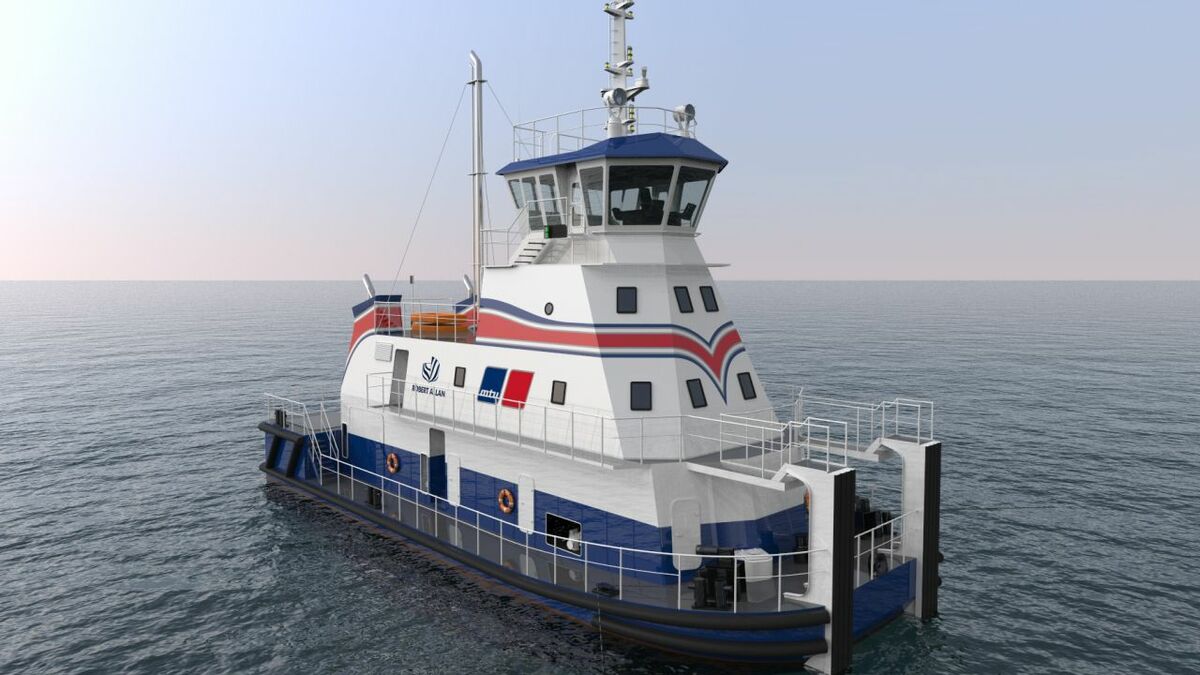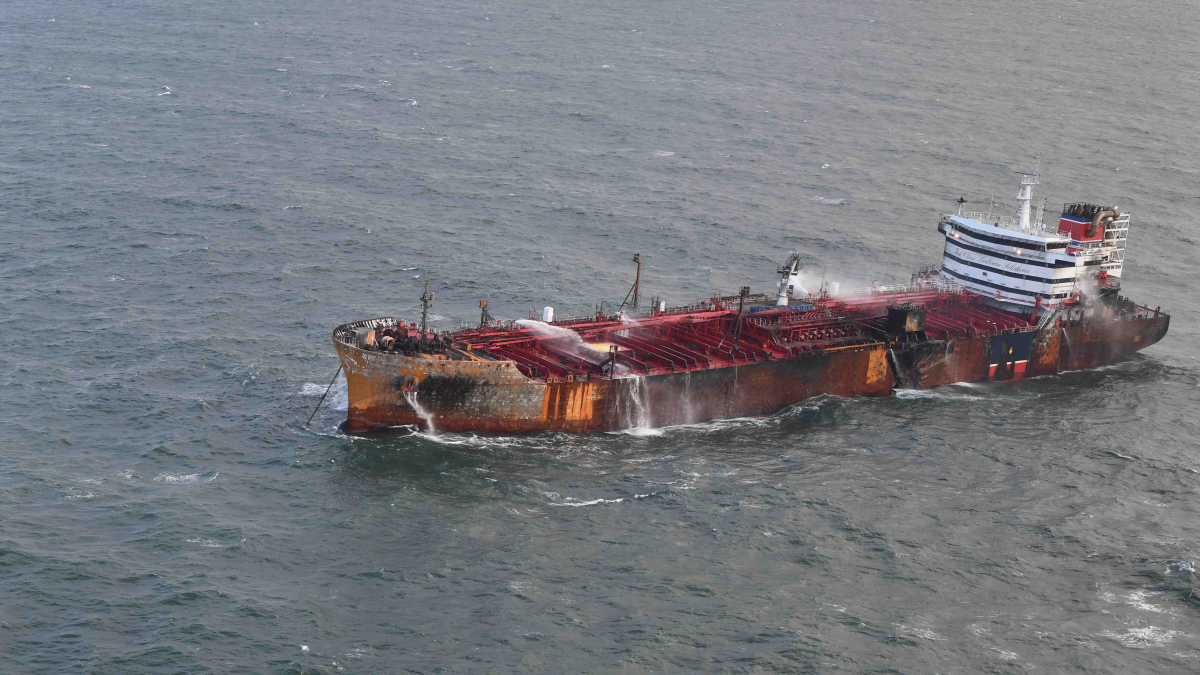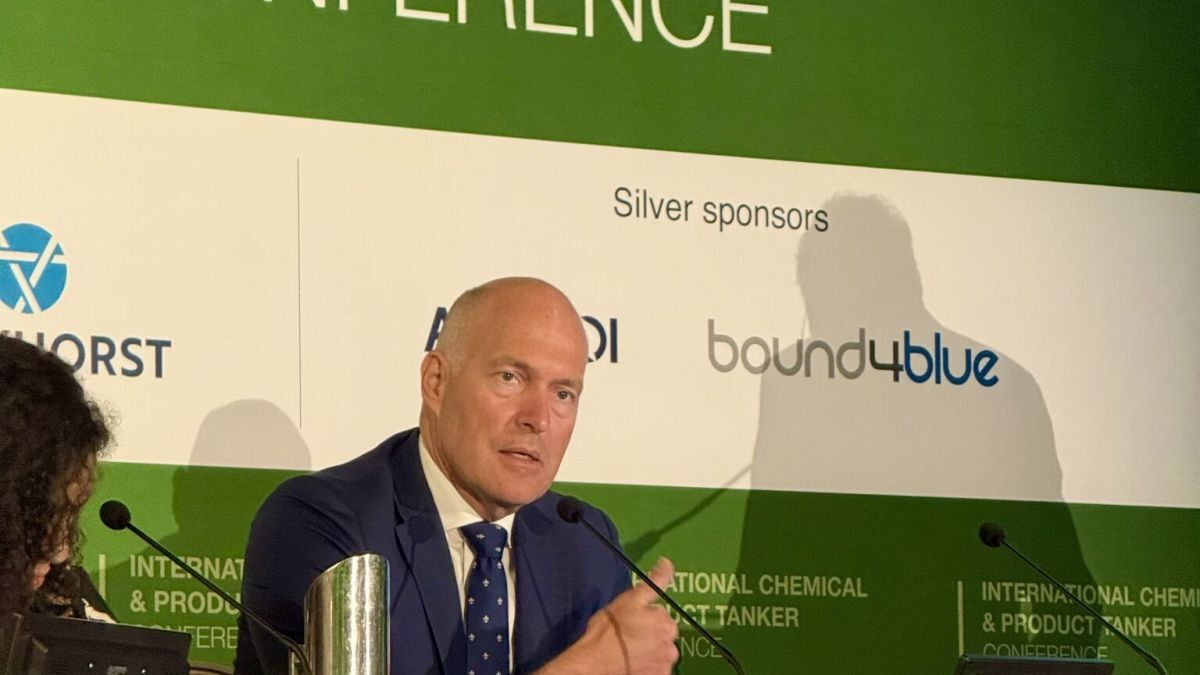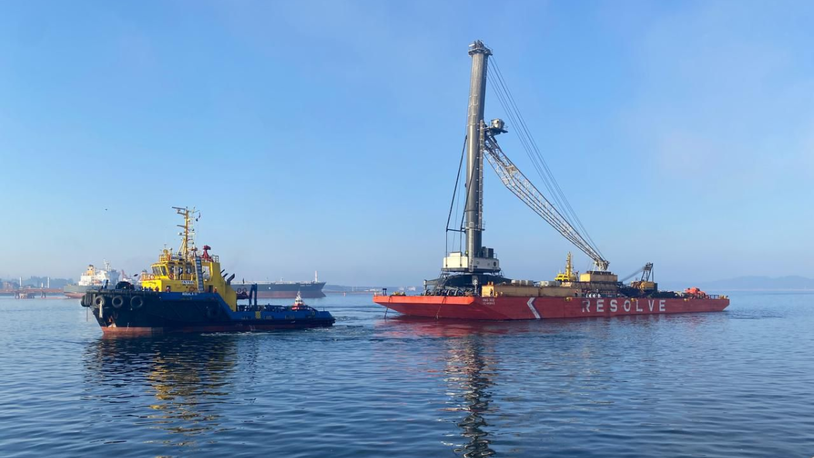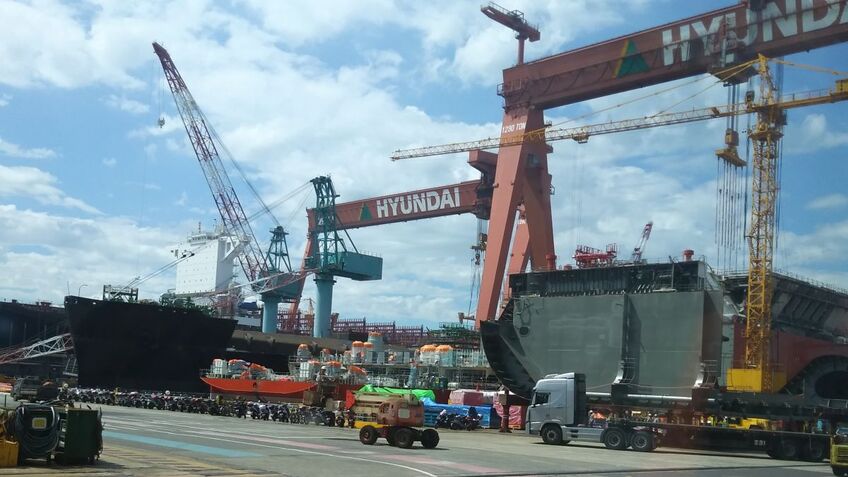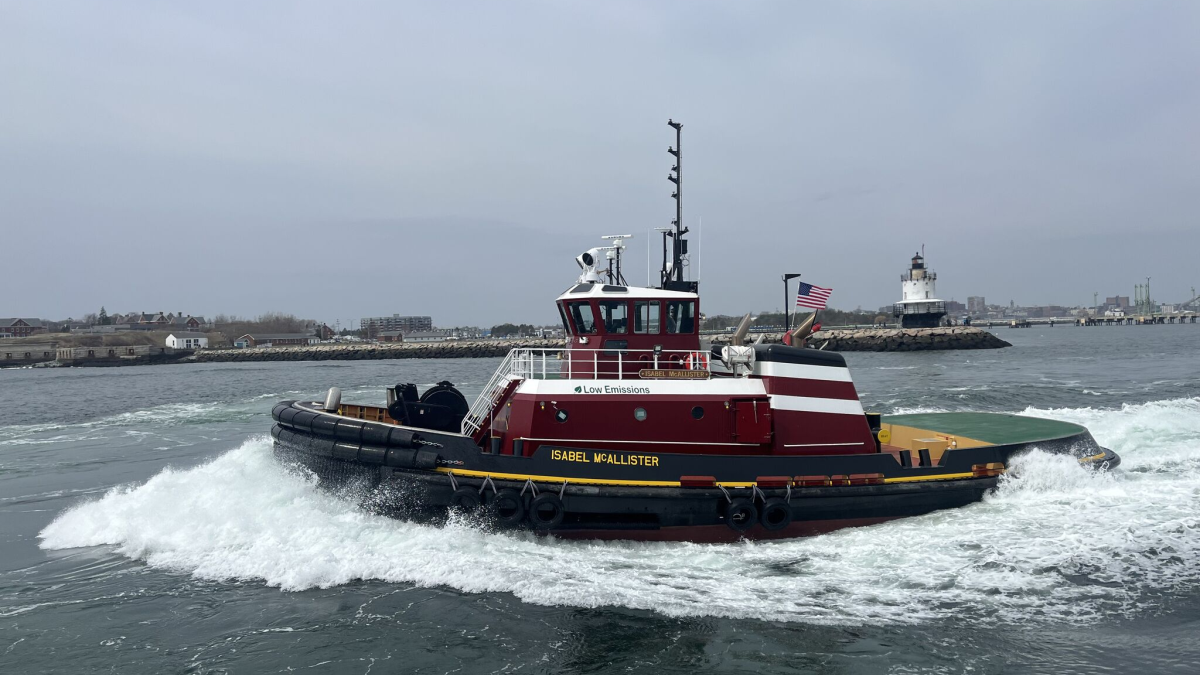Business Sectors
Events
Contents
LNG is a step towards zero-emissions pushboats
The first LNG-fuelled pushboat design has been revealed by naval architects working alongside a major engine manufacturer, while in Europe, construction has commenced on an all-electric pusher tug
Robert Allan and MTU Friedrichshafen jointly developed the world’s first gas-fuelled shallow draught pushboat for inland waterways barge transportation. They envision demand for LNG-powered pushboats worldwide in reaction to global trends in reducing engine emissions.
This led to the design of RApide 2800-G pushboats with MTU dual-fuel engines.
Robert Allan based this on the RApide 2800-Z2 pushboat design used on the Amazon River system in Brazil. Naval architects modified the design for LNG storage and propulsion. This includes allowing space to install LNG tanks and more room in the engineroom for associated pumps, machinery and safety systems.
To ensure redundancy there are two independent tank connection spaces attached to the LNG tank, one for each engine. “This design complies with the rules for the gas system hazardous zones of a compact 28-m tug,” says Robert Allan.
Its naval architects included accommodation for 14 crew, while moving the lower crew cabins, mess, and galley up a deck and enlarging the deckhouse.
MTU proposed its 8V4000 M55R-N dual-fuel engines, which develop 746 kW of power and comply with IMO Tier III emissions requirements, plus its complete LNG package. This includes the LNG tanks and an integrated ship monitoring, LNG control and safety system.
These partners are garnering approval in principle for this pusher tug design from DNV GL.
In Brazil, Robert Allan supplied designs for two newbuilding pusher tugs operating in the Amazon River system.
Its RApide 4000-Z3 mainline pusher tug design was used for tugs built for Hidrovias do Brasil by Estaleiro Rio Maguari in Belem. HB Pirarara and HB Pirarucu are used to push convoys of up to 25 barges, each filled with bulk products and with deadweight of more than 2,000 tonnes.
They have three Wärtsilä 8L20 main engines capable of operating on heavy fuel oil. These are connected to Schottel SRP 1215 Z-drive units. The engineroom in these 39.6-m pusher tugs has two Caterpillar C18 diesel generator sets and an additional emergency/harbour genset.
With a minimum operating draught of 2.4 m, the tugs meet ABS and Brazilian flag state requirements. The wheelhouse provides maximum all-round visibility with a split control station providing unobstructed vision to the foredeck working area and to the convoy of barges ahead.
During the early phases of design, Robert Allan used computational fluid dynamics simulations to optimise the hull shapes to minimise total convoy resistance. Z-drives are fitted in customised tunnels designed to optimise flow and propulsion efficiency while reducing draught.
“This enabled the operator to reduce the overall cost of transportation, and increases the standards of safety, manoeuvrability and comfort,” said Robert Allan.
RApide 2800-G particulars
Designer: Robert Allan
Type: LNG-fuelled pushboat
Length oa: 28.0 m
Beam, moulded: 10.5 m
Depth, moulded: 3.2 m
Maximum draught: 2.5 m
LNG (gross): 70.0 m3
Total power: 1,492 kW
Engines: 2 x MTU 8V4000 M55R-N
Construction starts on zero-emissions pushboat
In Germany, Hermann Barthel shipyard has started building the world’s first hydrogen-powered pushboat for port and logistics specialist Behala. This 20-m vessel, to be named Elektra, will have zero emissions as its power will come from hydrogen, fuel cells and rechargeable batteries.
Behala intends to employ Elektra to transport goods between Berlin and Hamburg when it is delivered, scheduled for Q4 2020. By that time, electricity and hydrogen supply infrastructure will be installed along the vessel’s inland waterways operating area.
The complete project cost is expected to be €13M (US$14.5M), of which the German Federal Ministry of Transport and Digital Infrastructure is contributing €8M (US$9M).
Ballard Power Systems will supply the fuel cells, Anleg the hydrogen tanks, EST-Floattech the GO1050 batteries, with 2,507 kWh capacity, and Schottel will supply two type SRP 100
Rudderpropellers and controls.
Technical University of Berlin’s department of design and operation of maritime systems is providing technical support for this project.
Related to this Story
Events
Maritime Environmental Protection Webinar Week
Cyber & Vessel Security Webinar Week
The illusion of safety: what we're getting wrong about crews, tech, and fatigue
Responsible Ship Recycling Forum 2025
© 2024 Riviera Maritime Media Ltd.

